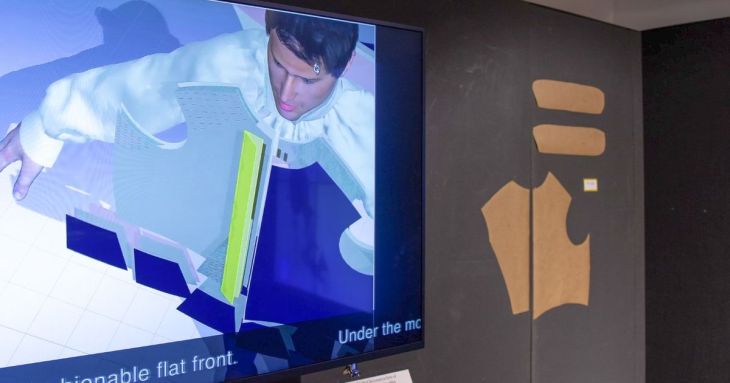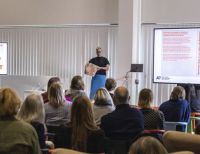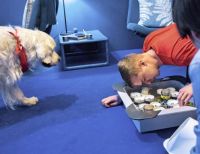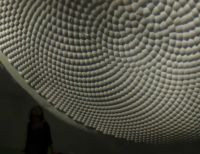Since 2017, Paula Hohti, Professor of Art and Cultural History, and her research team have carried out research on 16th and 17th century dress and material culture to find out how people dressed and how clothes were made.
‘The period is interesting because it was a time when many products started to appear on the market and wealthy and also not so wealthy citizens were able to participate in fashion,’ says Hohti.
The major research project 'Refashioning the Reneissance: Popular Groups and the Material and Cultural Significance of Clothing in Europe 1550–1650' ended at Aalto University’s School of Arts, Design and Architecture, Finland this autumn. The project has received 2 million euro funding from the European Research Council (ERC) under the European Union’s Horizon 2020 research and innovation programme.
The research group has been mainly interested in how garments and accessories spread as fashionable items among the lower classes, considering how shoemakers, hairdressers and bakers dressed in the 1500s and 1600s and how this influenced people’s understanding of fashion.
The challenges of the project are not small. How to study something when there is necessarily no data nor material on the subject? Few historical garments or even photos of them have survived, and even those that have survived are not necessarily original. They have been found during archaeological excavations, among other things, so they are broken and their colours are faded. Moreover, most of the clothing recorded in museums has been worn by the upper classes and only a very small proportion by the lower social classes.
New methods and technologies
The main focus of the research project has been to create new methods for studying the history of fashion and dress and how to access the materiality of the past. The aim has been to find out how clothes were made, how they were worn and what the materials felt like at the time.
Using documentary sources, visual images, surviving material evidence and historical reconstructions, the project aims to shed light on popular taste, dissemination, transformation and adaptation of fashion, as well as on meaning and changing cultural attitudes to dress.
The central goal of the project has been to develop a new material-based methodology and approach to Renaissance fashion. The project combines theoretical perspectives and practical hands-on work. This has involved experimenting with a range of techniques, including archival research, technical analysis of textiles, dye- and fibre analysis, and the reconstruction and visualization of historical dress using both 16th century recipes as well as modern digital tools such as digital animation.
















